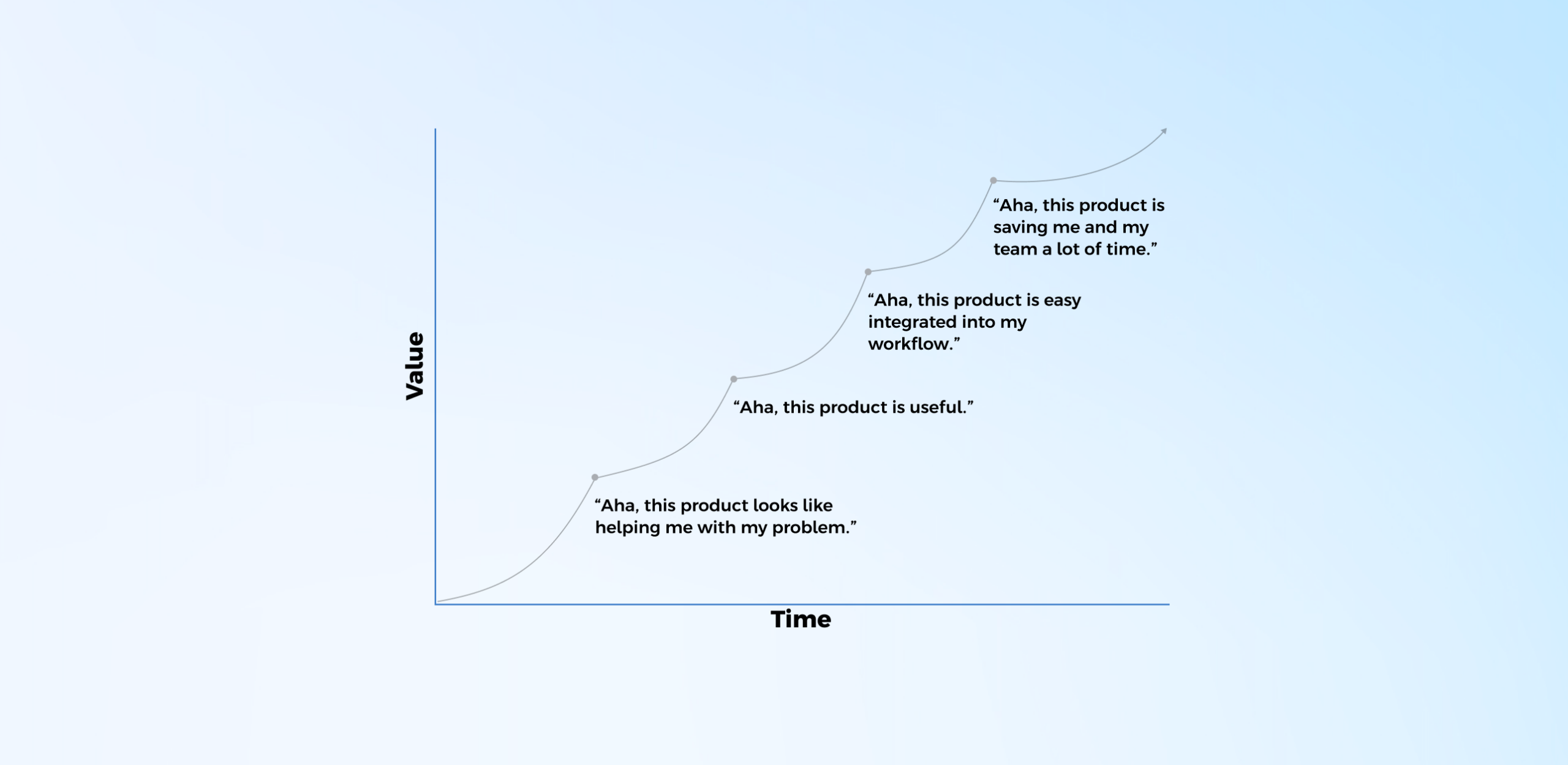In my three years as a Customer Success Manager at a leading SaaS company, I’ve come to understand just how pivotal the first interaction with a product can be. This initial experience often sets the tone for the entire customer journey, significantly influencing whether a user decides to fully embrace the product or move on.
Throughout my career, I’ve witnessed firsthand the challenges and nuances of delivering an exceptional SaaS experience. The ultimate goal? To ensure that users quickly grasp the value of the product, recognize its potential, and embark on a journey that transforms a simple interaction into a long-lasting relationship.
What is product onboarding?
At its core, product onboarding is the journey users embark on when they start using a new product. It’s the process that transitions them from their first interaction with the product to becoming proficient, regular users. This stage is critical—it shapes the user’s perception and often determines whether they’ll stick around.
But product onboarding is more than just teaching users how to use the product. It’s about making them realize the value that the product can bring to their lives or businesses. It’s about helping them achieve their goals and ensuring a positive experience throughout their journey.
In SaaS, product onboarding often involves a series of steps or stages that guide users through the product’s features and functionalities. These might include tutorials, tooltips, walkthroughs, and other forms of guidance. When done well, onboarding can drive increased user engagement, retention, and ultimately, revenue. It’s a cornerstone of product-led growth (PLG), a business strategy that leverages the product itself as the main engine for customer acquisition, conversion, and expansion.
What is product-led onboarding?
Product-led onboarding is a strategy where the product itself guides users through the onboarding process, helping them learn how to use it and understand its value without needing much—or any—help from a sales or support team.
Think of it as an automated, in-app tour that shows users around, highlights key features, and helps them see how the product can meet their needs. The goal is to make users feel comfortable and confident using the product on their own.
In the past, onboarding often involved personal meetings, emails, or calls, especially in SaaS companies. While this can be effective, it’s not scalable as a business grows, and it’s not what today’s users expect. Modern users prefer to explore and learn about products independently, at their own pace.
With product-led onboarding, the product becomes the user’s guide. It provides clear instructions, helpful tips, and feedback right within the app, making the experience smoother and more enjoyable. This approach not only helps users get started faster but also builds their loyalty and satisfaction by empowering them to see the product’s value from the very beginning.
9 elements of product-led onboarding
Since every industry has its own unique characteristics, crafting a one-size-fits-all guide is challenging. Nevertheless, there are certain fundamental principles that should be taken into account by everyone when designing their own onboarding experience.
1. Define your ideal customer profile
The first step to effective product led onboarding strategy is to know your ideal customer profile (ICP).
When you know your ICP, you can make onboarding content that is more likely to get their attention, get them to buy, and keep them as a customer. The core of your personalized onboarding strategy is a well-defined ICP.
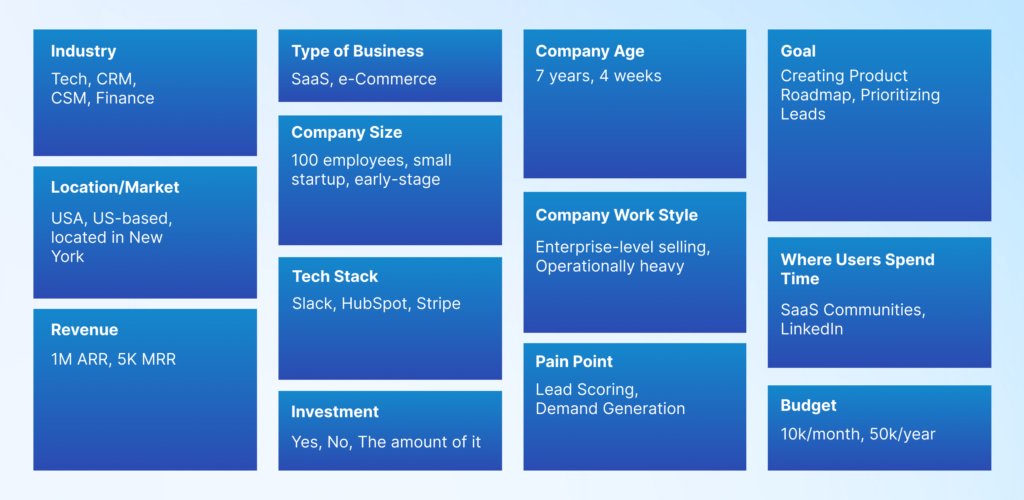
Understanding your buyer persona is important as it is instrumental in the preparation of personalized onboarding scenarios. The more you know about your buyer persona, the more effectively you can tailor the onboarding experience to meet their specific needs and expectations.
2. Research best onboarding practices
Before making your own onboarding plan, it’s a good idea to look at what others have done. By looking at how successful SaaS companies handle onboarding, you can get ideas and learn about what works.
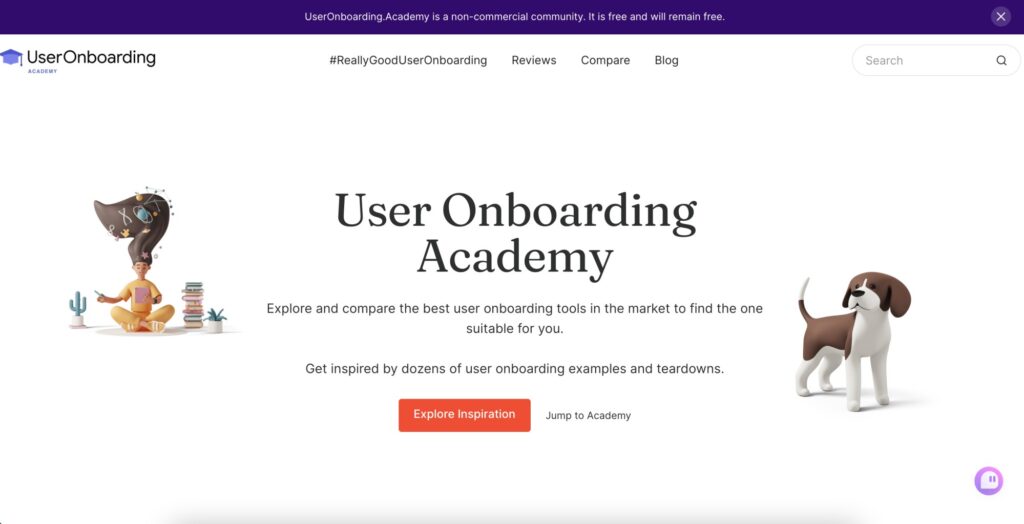
For example, the User Onboarding Academy has dozens of tools, examples, and best practices to give you the inspiration you need for your plan.
3. Identify your usage patterns
Not every feature in your product will have the same value to your ideal customer profile (ICP). Identify those crucial features that most resonate with your ICP’s needs. These should be the primary focus of your in-product tour, showcasing how they can benefit from these key functionalities.
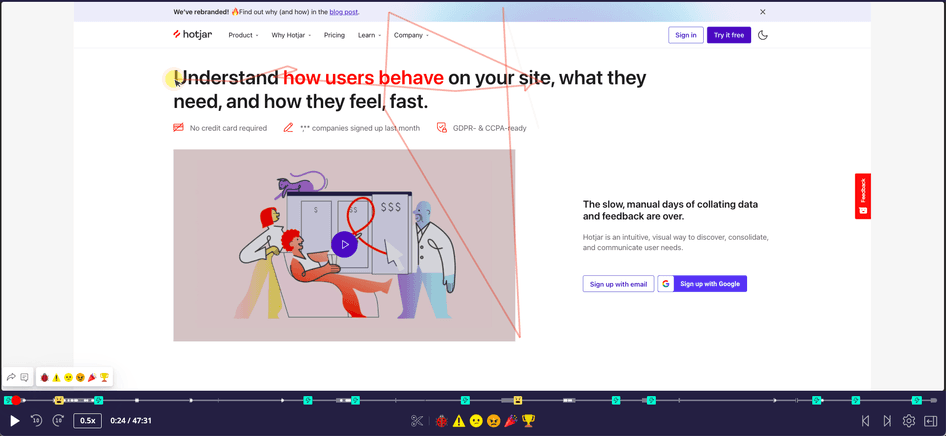
For example, you can identify usage patterns via heatmaps with Hotjar, or focus on activity and usage through different analytics tools.
4. Offer simple sign-up process
The initial interaction with your product comes via the sign-up process. Make sure it’s not a hassle. It should be swift and straightforward.
By removing obstacles, customers can get started right after they register. The only essential information you need to create a profile and communicate with them is their email address.
Take Notion’s registration process as an example: it’s as simple as submitting your email address. A magic link sent via email sets up the username. The user should be aware of the process they’re using.
Another example could be using social logins like Sign in with Google, Facebook, Twitter, Linkedin options.
5. Create an onboarding survey
To make a more user-centered onboarding process, you need to know a lot about your users. In this case, a survey can be very helpful. By asking your users a few preliminary questions, you can make sure the onboarding process fits their needs and makes them feel like it was made just for them.
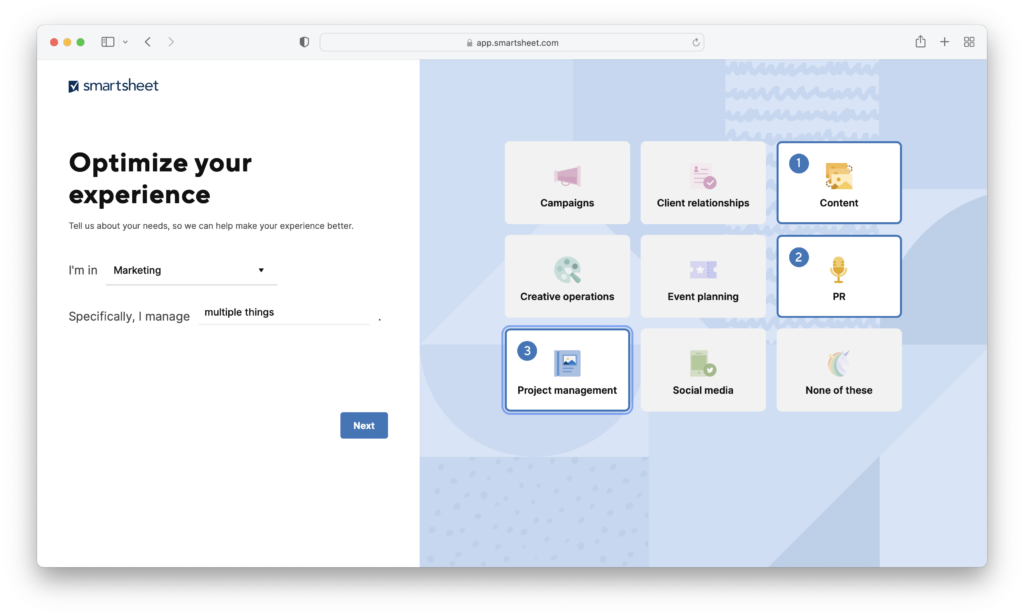
Optimize experience with surveys
For example, you can ask about:
- Role: The title and team of the user so that you can identify the customer profile and how you can attract them.
- Company/Business: Find out about the company, sector, and what they do in general. This could include things like, “Which business do you work in?”
- Goals and needs: Find out what they want to accomplish with your product. For example, you could ask, “What is your main goal with our product? What kind of problem do you want to solve with our platform?”
Put the survey first in the onboarding process. This is a warm-up step that gives you information you can use to customize the next steps of the onboarding process.
6. Create in-app onboarding tours
OK, we have our ideal customer profile, notes on some best practices, key usage patterns, and survey answers. We have enough information to create an onboarding flow.
The next step is to decode that knowledge into actionable onboarding experiences. This is where in-product tours and flows come into play.
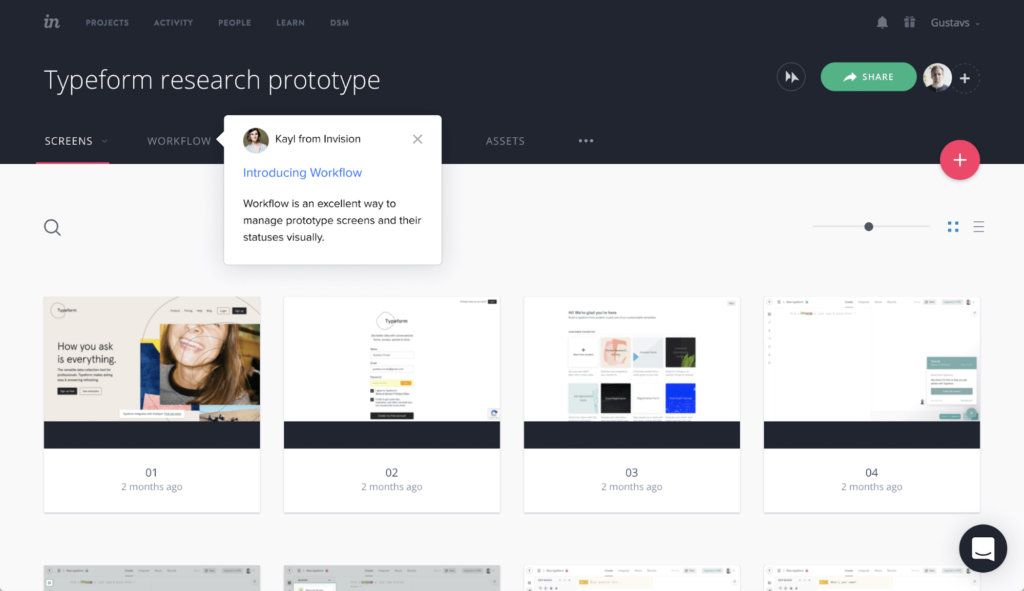
Using tools like Intercom can be very helpful for making personalized customer journeys that show users the most important features and functions of your product. With a well-designed onboarding strategy, you can not only get users more involved, but you can also make it easier for them to use your product.
7. Add an onboarding checklist
It’s very important to get users to those “Aha!” moments where they really understand the value of your product.
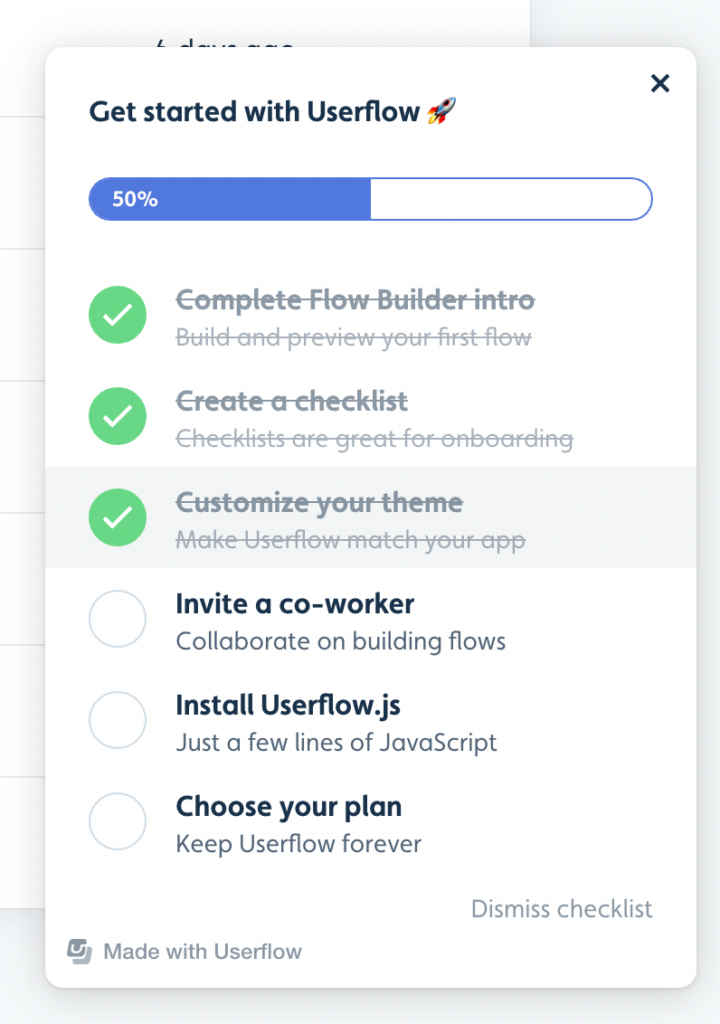
To help people understand this, it’s important to include a variety of elements in the product that guide, teach, and highlight the product’s main benefits. Some important elements to think about are:
- Feature Tips: Brief, contextual clues that spotlight specific functions and explain their relevance.
- Highlights: Visually emphasize essential features to grab the user’s attention.
- Interactive Tutorials: Step-by-step guides that walk users through a specific process or feature set.
- Pop-up Modals: Use these for vital information or to introduce major updates and new functionalities.
- Visual Overlays: Employ these to give a broad overview of the interface, highlighting key areas.
- Checklists: Offer a sequence of actions or tasks for users to complete, providing a sense of accomplishment and progression.
By putting these elements together in a thoughtful way, you can show off the real value of your product and speed up the user’s journey from initial curiosity to real product affinity and understanding of its potential.
8. Have a support team
Even though this strategy puts a lot of emphasis on self-guided learning and user discovery, it’s important not to forget how important the human touch is.
Even the most simple products may have parts that are hard to understand and require help. In these situations, it’s important to have a responsive support team with the following skills;
- Technical expertise
- Communication skills
- Analytical skills
- Customer service skills
- Project management skills
In PLG, the availability of the support and product team can make the difference between users leaving and adopting the product.
This is similar to how the sales team still plays a key role in guiding potential customers in product-led sales. They can answer questions, explain features in more depth, and even offer customized solutions based on what the user needs.
9. Update your onboarding regularly
Try to get various insights based on your users’ onboarding process within the product. You can increase your conversion rates by updating your onboarding process periodically. In fact, the feedback you will collect from your onboarding team at this step is very important. Since they will communicate with the users.
The benefits of product-led onboarding
Embracing a product-led onboarding approach can revolutionize your business, particularly in the software and digital services sectors. A well-designed onboarding experience enhances user satisfaction, increases product adoption, and drives business growth.
1. Double your revenue
Shifting to a product-focused onboarding strategy not only boosts customer loyalty but also significantly impacts sales. A seamless onboarding process can accelerate ARR or MRR growth, often doubling revenue.
2. Boost your customer retention
Users are more likely to stick with a product if their initial experience is positive. A focused onboarding process ensures users remember the value of your product and continue to engage with it.
3. Spend less on resources
A strong onboarding process reduces the resources needed for customer acquisition. Satisfied customers are more likely to refer others, lowering your overall marketing and sales costs.
Research shows that the users you retain and the users who become your customers through referrals have much lower costs than the resources you allocate for your marketing and sales efforts to gain new customers.
Conclusion
Focusing on the right steps for product-led onboarding not only enhances the user experience but also drives higher engagement, retention, and revenue. By implementing these strategies, you can strengthen your overall product-led growth strategy and ensure sustainable business growth.
Further Reading 📚
Product-led Onboarding Book by Ramli John and Wes Bush
User Onboarding Inspirations by User Onboarding Academy

